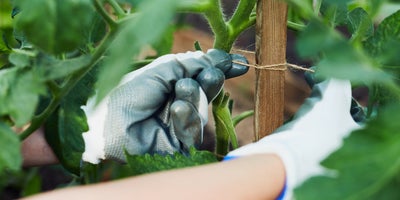Securing your climbers

Climbing plants add a touch of enchantment to any garden, providing both aesthetic appeal and functionality throughout the growing season. However, as winter approaches and these plants enter their dormant phase, it becomes crucial to secure them properly to prevent damage and ensure their survival. The autumn can bring strong winds that pose a serious threat to climbing plants, so you’ll want to make sure they’re still securely attached. Doing this now makes sure that they’re ready to carry on growing when they wake up again for spring. The same goes for any small trees that you have in your garden.
Be Inspired
Shop the Range






